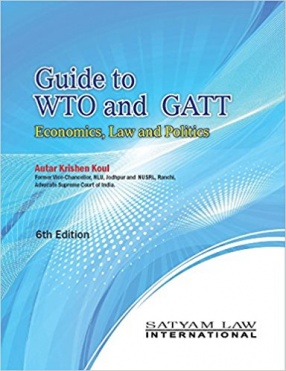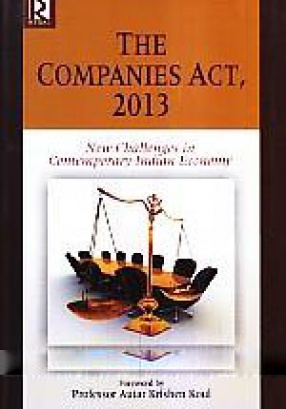Guide to WTO and GATT: Economics, Law and Politics
In this very thorough but highly accessible book, an eminent legal scholar clearly explains today's system of international trade law and international economic relations as it has evolved over the last seven decades. Focusing inevitably on the major innovations that came with the inception in 1994 of the World Trade Organisation (WTO) with its various Agreements, the analysis also provides in depth commentary on the intense debate over important matters that remain unsettled. Among the aspects of the subject treated in depth are the following: - The WTO dispute settlement mechanism; - Services, the General Agreement on Trade in Services (GATS); - Investments, the Agreement on Trade-Related Investment Measures (TRIMS); - Intellectual property rights, the Agreement on Trade-Related Aspects of Intellectual Property Rights (TRIPs); - Areas still covered by the General Agreement on Tariffs and Trade (GATT) 1947; - The Most Favoured Nation (MFN) concept; - Special provisions relating to agriculture and textiles, Agreement on Agriculutre; - Sanitary and phytosanitary measures; - Technical barriers to trade; - Pre-shipment inspection; and - Import licensing procedures; - WTO, International trade and Human Rights. - Ninth Ministerial Conference, Bali Package and Trade Facilitation Agreement, 2013. The author describes all the major precedent-setting cases in WTO jurisprudence and analyses their effect to date and the trends they have set in motion, particularly as they relate to perceived discrimination against developing nations which must balance their WTO commitments with the structural adjustments demanded by the World Bank and International Monetary Fund (IMF) regimes. Arguments within the WTO and among scholars over such controversial matters as regulation of competition, setting of labour standards, and environmental controls as well as thorny concerns.
Get it now and save 10%
BECOME A MEMBER









Bibliographic information